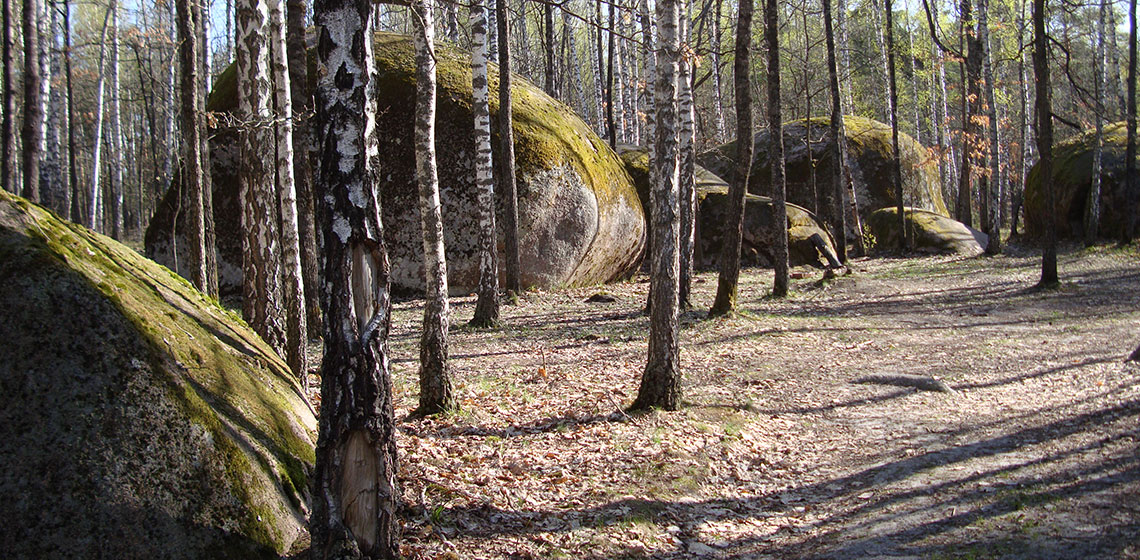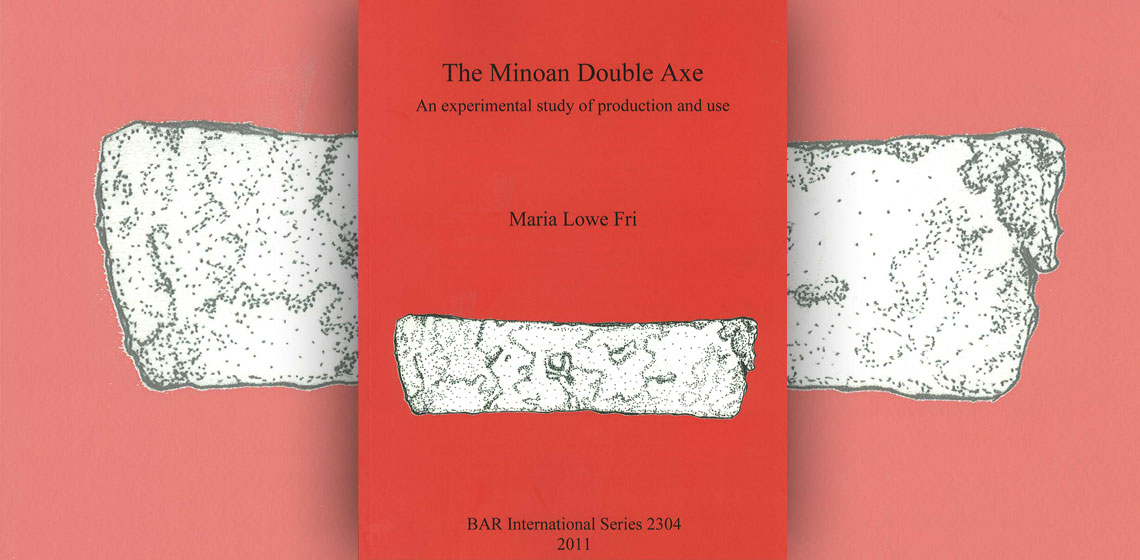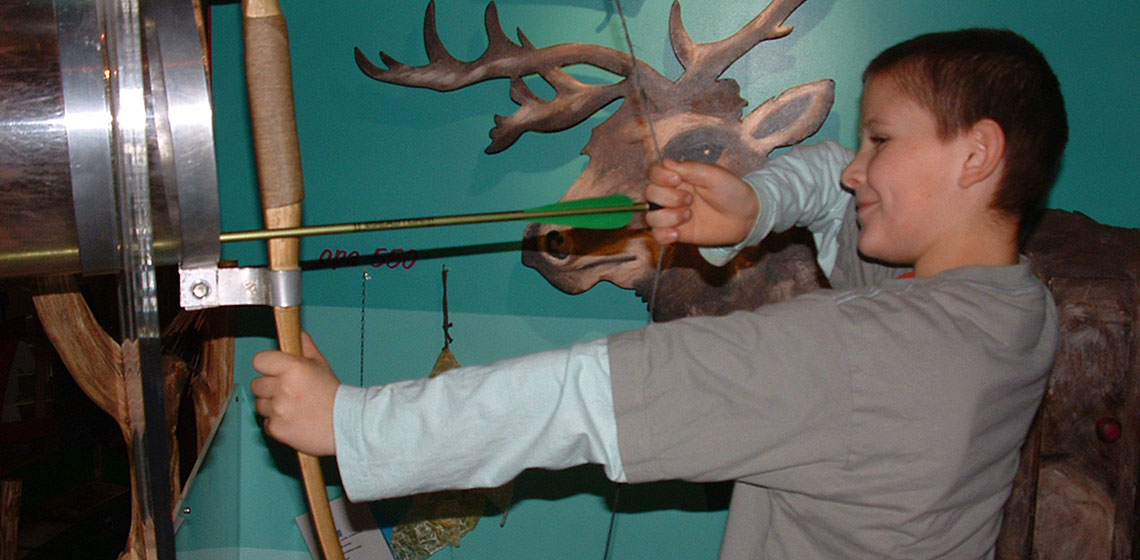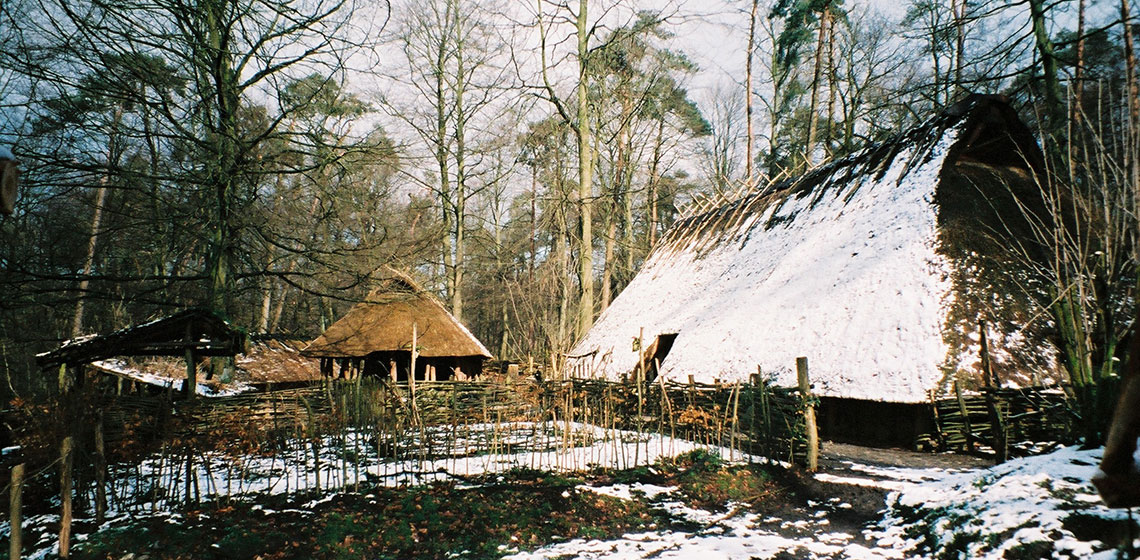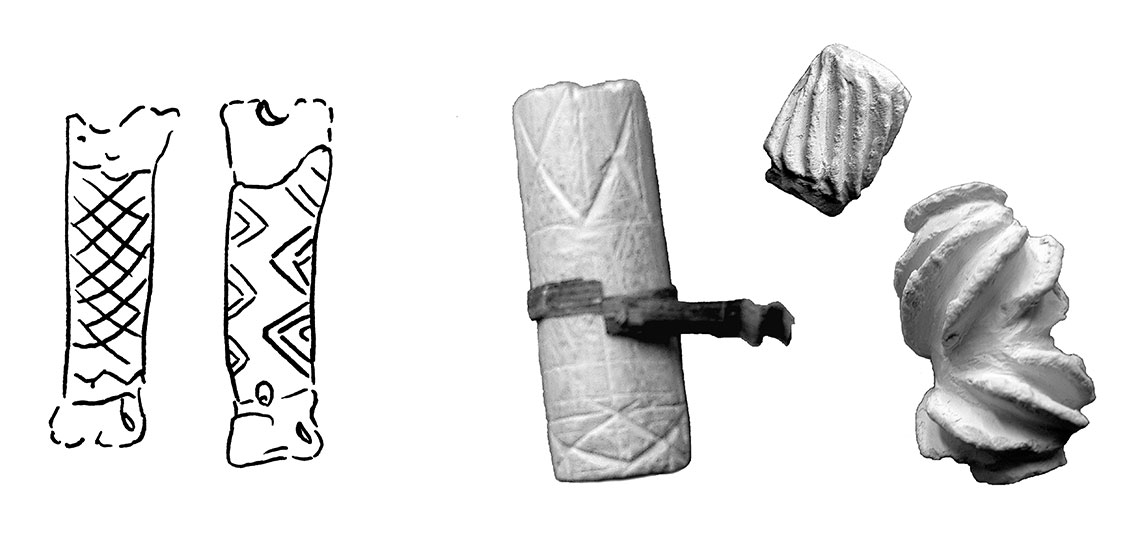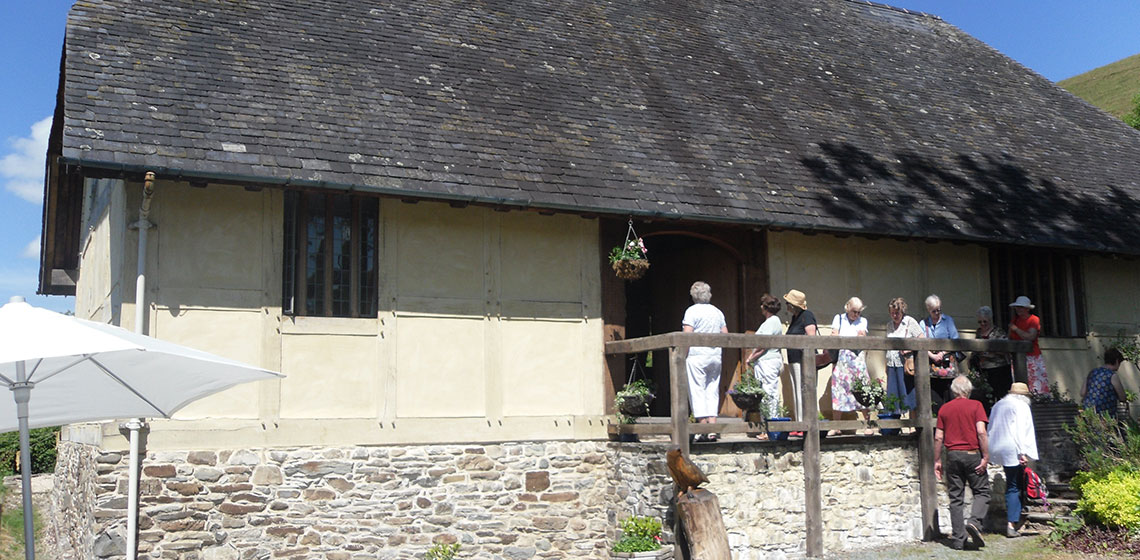Bronze Age
Book Review: The Minoan Double Axe: An Experimental Study of Production and Use by Maria Lowe Fri
Public Outreach in the Drents Museum in Assen (NL)
Archaeological Open-Air Museums in the Netherlands, a Bit of History
Conference Review: III Congrès Internacional d’Arqueologia Experimental
Probable Measure Estimating Tool Employed by the Aeneolithic Potters
Discussion: Archaeological Reconstruction in Situ
A view of John H. Jameson (USA)
At historic sites, monuments, and parks, the process of effective interpretation allows each visitor to find an opportunity to personally connect with a resource or place. Each individual may connect to the place in a different way, and some may not connect immediately, but everyone should have an opportunity to explore how that special site or place is meaningful to them.
Did people know they were people or did they still think they were monkeys (NL)?
Many peoples modestly called and still call themselves ‘people’, like the Ainu in Japan or the Inuit of the Polar Circle as do many others. Prehistoric groups of people like the Neanderthal may have had the same habit...
I saw visitors throw coins into a few of the wooden canoes in the museum. Why (DE)?
This question rather requires answering by ethnologists. From archaeological view, this phenomenon can easiest be explained as the popular adaptation of earlier ‘”water cults”. From prehistory, we know numerous sacrifices...
How did people make bread in those days (NL)?
Both in the Middle Ages as in prehistory the same story: using a bread oven. For a bread, you need to grind corn (a very time consuming effort), make dough of it and let it rise with yeast...

